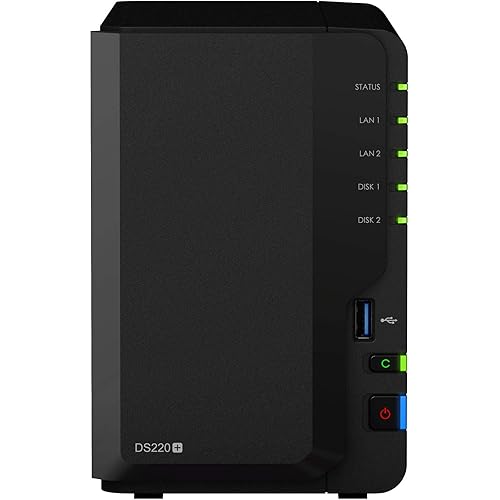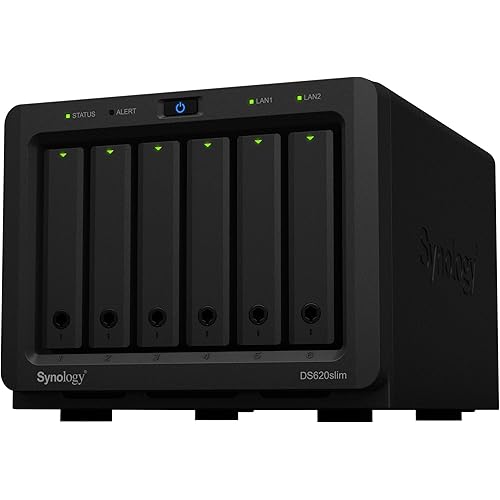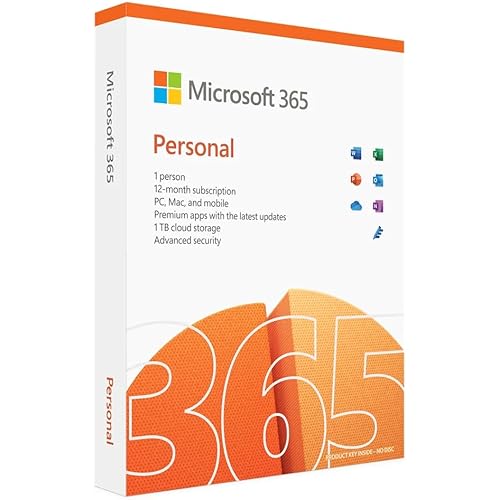QNAP TR-002 2 Bay USB Type-C Direct Attached Storage (DAS) with Hardware RAID (Diskless) (TR-002-US)




Buy Now, Pay Later
- – 6-month term
- – No impact on credit
- – Instant approval decision
- – Secure and straightforward checkout
Ready to go? Add this product to your cart and select a plan during checkout.
Payment plans are offered through our trusted finance partners Klarna, Affirm, Afterpay, Apple Pay, and PayTomorrow. No-credit-needed leasing options through Acima may also be available at checkout.
Learn more about financing & leasing here.
Selected Option
This item is eligible for return within 30 days of receipt
To qualify for a full refund, items must be returned in their original, unused condition. If an item is returned in a used, damaged, or materially different state, you may be granted a partial refund.
To initiate a return, please visit our Returns Center.
View our full returns policy here.
Recently Viewed
Style: 2-bay
Capacity: DAS
Features
- High-speed direct-attached storage Device via USB Type-C for Windows, macOS and Linux
- Use the TR-002 as external storage for NAS backup
- Expand the capacity of your QNAP NAS
- Supports up to 2 2. 5/3. 5 inch SATA drives at Gbps
- Hardware RAID supports RAID 0, 1, JBOD, and individual disks
- Includes a USB Type-C to USB 3. 0 cable
- Lockable drive Bays
Description
2-Bay 3. 5" Sata HDD USB 3. 1 Gen 2 10Gbps Type-C hardware RAID external enclosure. Usb-c to USB-A cable included. Expansion unit for QNAP NAS, Windows, Mac, Linux computers.
Brand: QNAP
Size: DAS
Compatible Devices: Laptop
Item Weight: 1.37 Kilograms
Assembly Required: No
Hard Drive: DAS (comes unpopulated)
Brand: QNAP
Series: TR-002-US
Item model number: TR-002
Hardware Platform: Mac
Item Weight: 3.01 pounds
Product Dimensions: 8.86 x 4.02 x 6.63 inches
Item Dimensions LxWxH: 8.86 x 4.02 x 6.63 inches
Hard Drive Interface: USB
Manufacturer: QNAP
Language: English
Date First Available: March 26, 2019
Frequently asked questions
To initiate a return, please visit our Returns Center.
View our full returns policy here.
- Klarna Financing
- Affirm Pay in 4
- Affirm Financing
- Afterpay Financing
- PayTomorrow Financing
- Financing through Apple Pay
Learn more about financing & leasing here.
Similar Products
Top Amazon Reviews





























